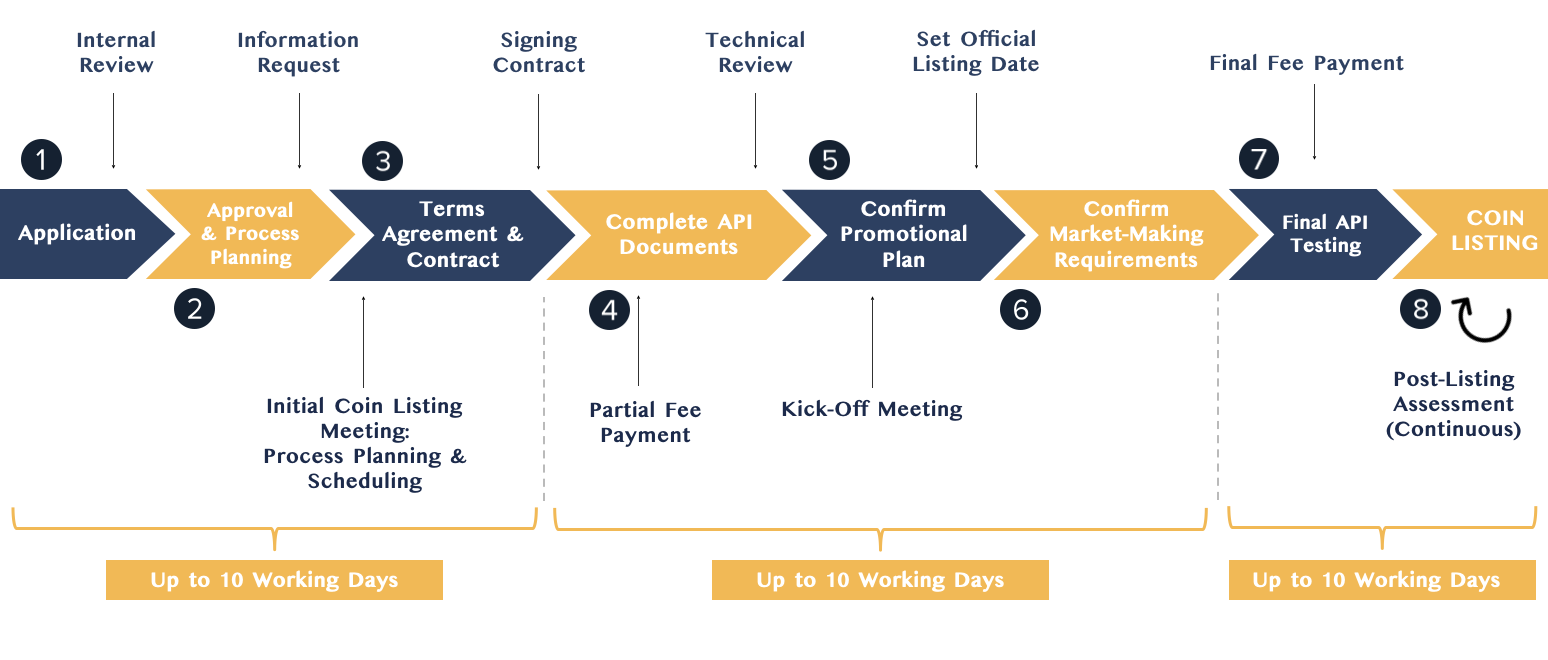How to Create Your Own Meme Coin or A Crypto Token

In the ever-evolving landscape of cryptocurrencies, the allure of creating your own token has become increasingly enticing. Traditionally, this process required a solid grasp of technical and programming languages, often daunting for those without a background in software development. Different blockchains utilize distinct programming languages—such as SUI’s MOVE language and Ethereum’s Solidity—which further complicated matters for aspiring token creators. Moreover, navigating the intricacies of setting up a programming environment and ensuring the security of the programmed script and smart contract demanded a level of expertise that deterred many newcomers.
Fortunately, the past seven years have witnessed the emergence of hundreds of blockchain networks and thousands of decentralized applications (dapps), some of which offer user-friendly tools and interfaces for token creation, management, and security assessment. With the rise of meme coins like PEPE, DOGE, and SHIBA dominating market trends, more individuals are eager to explore the possibility of launching their own tokens with ease, all while ensuring the integrity of their smart contract coding.
In this article, we aim to demystify the process of token creation, providing a comprehensive guide from setting up the programming environment to deploying your own token. While we strive to simplify the steps and complexities involved, it’s crucial to recognize that token creation inherently carries risks, particularly in the decentralized realm of blockchain technology. For the purpose of this tutorial, we’ll focus on creating an ERC-20 token—a widely adopted standard on the Ethereum blockchain. Let’s get started.
Step 1: Set Up Your Development Environment
- Install necessary software such as Node.js, npm (Node Package Manager), and Truffle.
- Configure your development environment by installing the appropriate Ethereum client like Ganache for local development.
Step 2: Write the Smart Contract
- Create a new Solidity file for your token contract, ensuring it follows the ERC-20 standard.
- Define the basic functionalities such as total supply, token name, symbol, decimals, balance tracking, and transfer functions.
- Implement additional features if desired, such as minting and burning capabilities.
Step 3: Compile and Deploy the Smart Contract
- Use Truffle or another development framework to compile your Solidity code into bytecode.
- Deploy your smart contract to the Ethereum network or a local blockchain for testing and development purposes.
- Ensure proper testing of your smart contract’s functionality and security vulnerabilities using tools like Truffle’s testing suite or MythX for security analysis.
Step 4: Interact with Your Token
- Once deployed, interact with your token contract using tools like MetaMask or a custom web interface.
- Test token transfers, balance inquiries, and other functionalities to ensure everything operates as expected.
- Consider implementing additional features such as token locking, staking, or governance mechanisms if needed.
Step 5: Secure Your Token and Contract
- Perform security audits on your smart contract code to identify and mitigate potential vulnerabilities.
- Follow best practices for securing your token’s ecosystem, including secure key management, regular code reviews, and monitoring for suspicious activity.
- Consider seeking professional audits from reputable security firms to ensure the robustness of your token and smart contract.
Step 6: Market Your Token
- Develop a marketing strategy to promote your token and attract users, investors, and community members.
- Utilize social media, forums, and crypto communities to generate interest and awareness about your token.
- Engage with your community through regular updates, announcements, and AMA (Ask Me Anything) sessions to foster trust and credibility.
Step 7: Maintain and Iterate
- Continuously monitor the performance of your token and address any issues or concerns raised by users.
- Stay informed about developments in the blockchain space and incorporate new features or improvements to your token as needed.
- Foster a vibrant and engaged community around your token to ensure its long-term success and sustainability.
Step 8: Create liquidity for your token on DEX or List your token on CEX
- Create Liquidity on Decentralized Exchanges (DEX):
- Consider listing your token on decentralized exchanges (DEX) such as Uniswap, SushiSwap, or PancakeSwap to provide liquidity for your token.
- Provide liquidity by contributing an equal value of your token and an established cryptocurrency (such as Ethereum for ERC-20 tokens) to create a trading pair.
- Follow the instructions provided by the respective DEX platform to add your token and provide liquidity to the liquidity pool.
- Monitor and adjust liquidity as needed to ensure efficient trading and maintain a healthy liquidity pool.
- List Your Token on Centralized Exchanges (CEX):
- Research and identify centralized exchanges (CEX) where you can list your token for trading.
- Follow the listing guidelines and requirements of the chosen CEX platform, which may include legal compliance, security measures, and technical specifications.
- Submit an application for listing your token on the CEX platform and comply with any necessary verification processes, for example 8V.com, a fast-growing crypto exchange, has online process for token listing application.
- Negotiate terms and fees with the exchange and provide necessary documentation and information about your token for the listing process.
- Once listed, promote your token’s availability on the CEX platform through marketing channels and engage with users to drive trading volume and liquidity.

By following these steps, you can create your own ERC-20 token and embark on your journey in the exciting world of decentralized finance and blockchain technology. Remember to approach token creation with caution, diligence, and a commitment to security and transparency. By creating liquidity on DEX or listing your token on CEX such as 8V.com, you enhance accessibility and liquidity for your token, allowing users to trade it more easily and increasing its visibility in the cryptocurrency market. Whether you opt for decentralized or centralized exchanges, ensure compliance with regulatory requirements, and prioritize security to protect the interests of your token holders and maintain credibility in the market.




